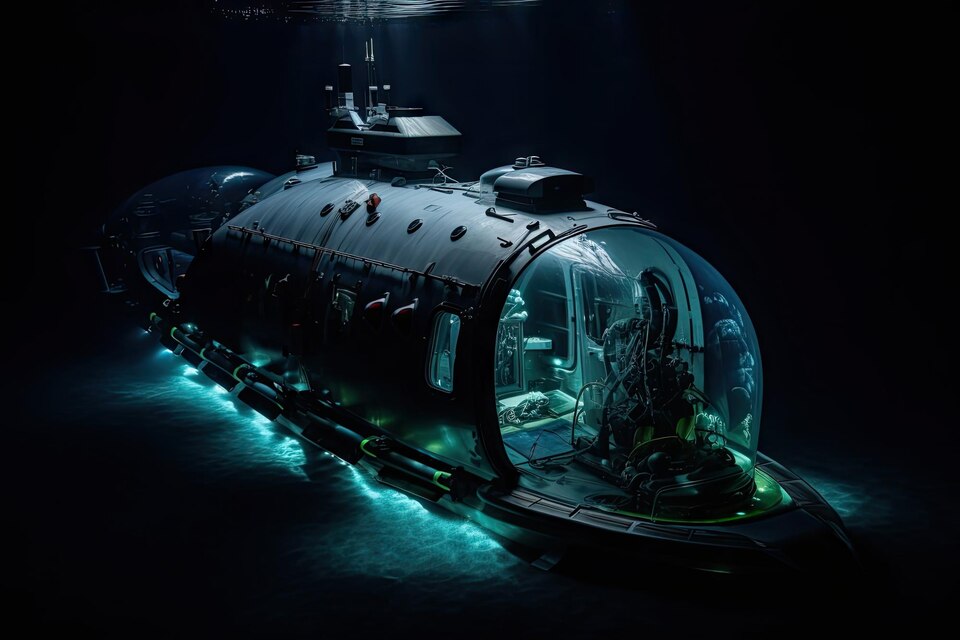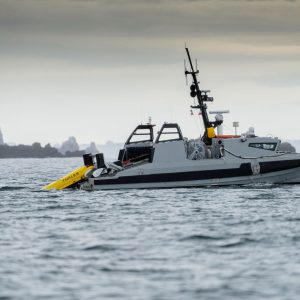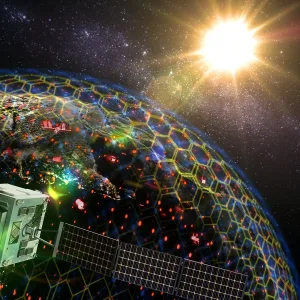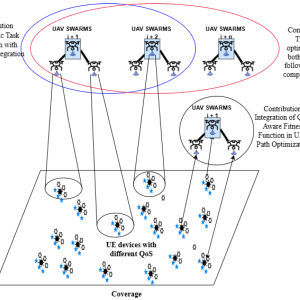
In recent years, the integration of artificial intelligence (AI) and robotics has sparked a revolution in the field of underwater exploration. As technological advancements continue to push the boundaries of human innovation, the collaborative efforts of AI and robotics are transforming how we uncover the mysteries hidden beneath the ocean’s depths. This article delves into the exciting convergence of AI and robotics in underwater exploration, exploring the benefits, challenges, and potential future developments in this rapidly evolving field.
Revolution of Underwater Exploration: Innovations Shaping the Future
In the ever-evolving world of exploration, the depths of our oceans hold mysteries that continue to captivate scientists, researchers, and adventurers alike. The revolution of underwater exploration is driven by a wave of innovations that are shaping the future of subsea discovery. This article delves into the advancements, technologies, and implications that are propelling the world of underwater exploration into uncharted territories.
Advancements in Underwater Technology
Advancements in technology have opened up new possibilities for delving into the secrets of the deep. From improved sonar systems to high-resolution imaging techniques, underwater exploration is benefiting from cutting-edge tools that provide unprecedented insights into the ocean’s hidden realms. Remote sensing technologies allow researchers to create detailed maps of the seafloor and underwater landscapes, shedding light on the geological, biological, and archaeological features that lie beneath.
The Role of Robotics in Underwater Exploration
Robotics has become a game-changer in underwater exploration, enabling researchers to access areas that were once unreachable. Autonomous underwater vehicles (AUVs) and remotely operated vehicles (ROVs) are equipped with sophisticated sensors and cameras that capture data and images in real-time. These robotic explorers navigate the depths with precision, allowing scientists to study marine life, underwater ecosystems, and even shipwrecks without disturbing the delicate balance of these environments.
Exploring Uncharted Territories
The revolution of underwater exploration is not limited to scientific research alone. Industries such as offshore energy, telecommunications, and environmental monitoring are also reaping the benefits of subsea innovations. Offshore oil and gas operations utilize underwater robots to inspect infrastructure and pipelines, while undersea cables are maintained and repaired using specialized robotic technology. This interdisciplinary approach to underwater exploration is driving economic growth and sustainable resource management.
Implications for Marine Research and Conservation
The advancements in underwater exploration are not only expanding our understanding of the oceans but also contributing to marine research and conservation efforts. By studying underwater ecosystems and biodiversity, researchers can develop strategies to protect and preserve these delicate environments. The insights gained from deep-sea exploration can inform policies aimed at mitigating the impacts of human activities on marine life and habitats.
FAQs
Q1: What is driving the revolution in underwater exploration? A1: Advancements in technology, particularly robotics and imaging techniques, are driving the revolution in underwater exploration.
Q2: How are robotics used in underwater exploration? A2: Robotics, including AUVs and ROVs, play a crucial role in accessing and exploring underwater environments with precision.
Q3: How do industries benefit from underwater exploration innovations? A3: Industries like offshore energy and telecommunications utilize underwater technology for infrastructure inspection, maintenance, and resource management.
Q4: How does underwater exploration contribute to marine research and conservation? A4: Underwater exploration provides insights into underwater ecosystems, aiding in marine research and conservation efforts.










